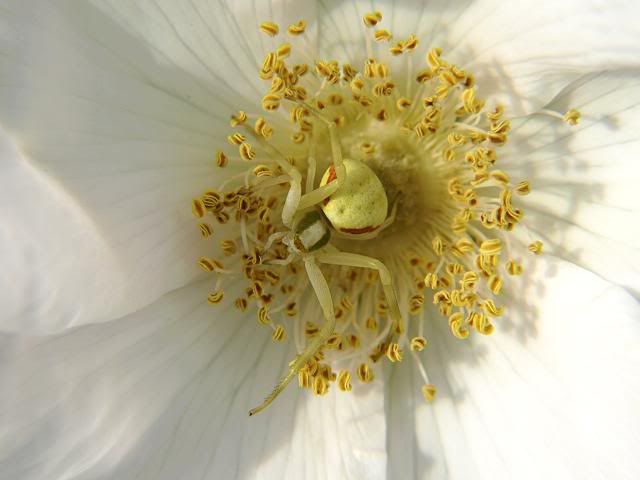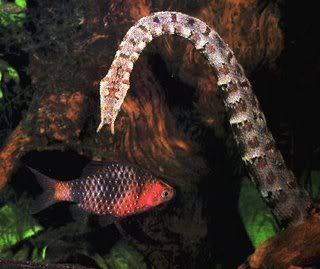It's almost the eve of 2010, and I suppose this future year will bring plenty of sci-related news for us to indulge in. The highlights of 2009 are already being reviewed on several popular science, as well as science webpages, such as the New Scientist, Nature, and so on ans so forth.
A picture that's been stuck in my mind since I first saw it is from a funeral. No, not Michael Jackson's, but another primate. Her name was Dorothy, she was a 40 year old chimpanzee, and a much prominent member of her group. When carried away for her burial, the other chimps gathered in silence, holding arms, acting just as any group of grieving human would. The keepers at the chimp sanctuary were of course deeply moved, even the locals who have grown up in a culture where chimps were regarded as saturday dinner.
It's not new that chimps and humans are highly alike, but this picture is just a perfect example of the innate emotional life we share with them.
Aging Might Not Be Inevitable
1 år sedan












































